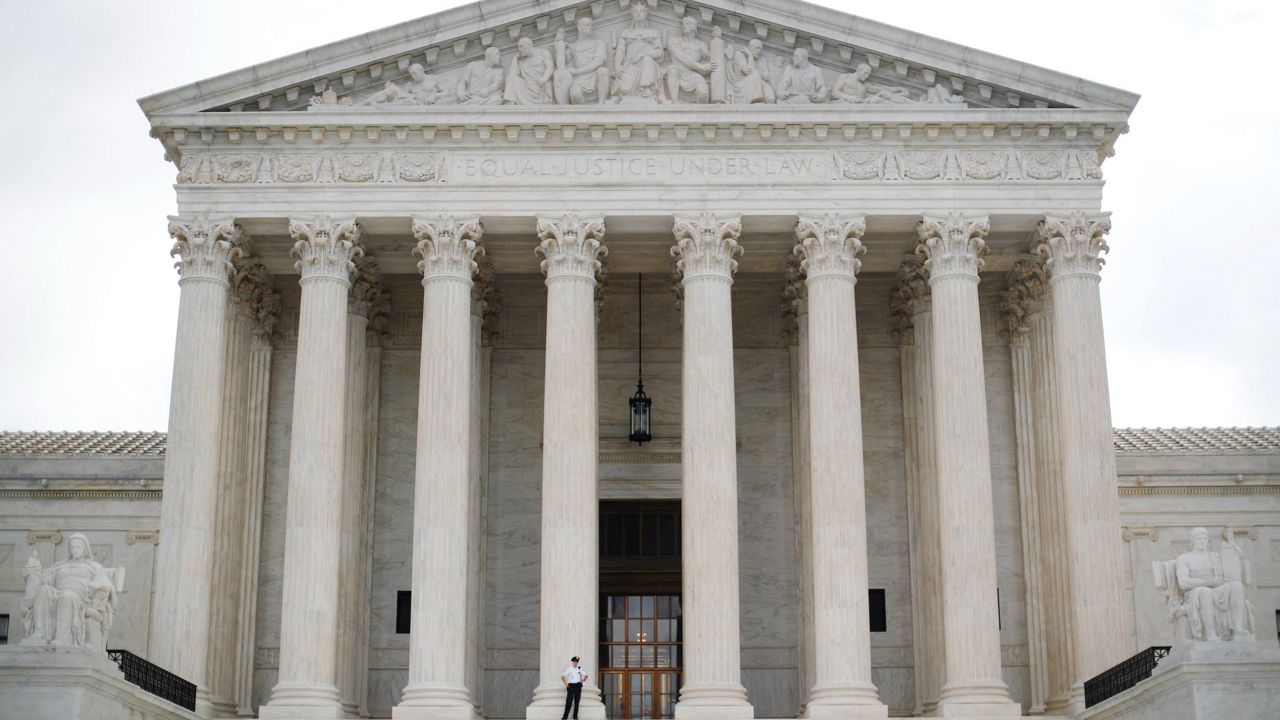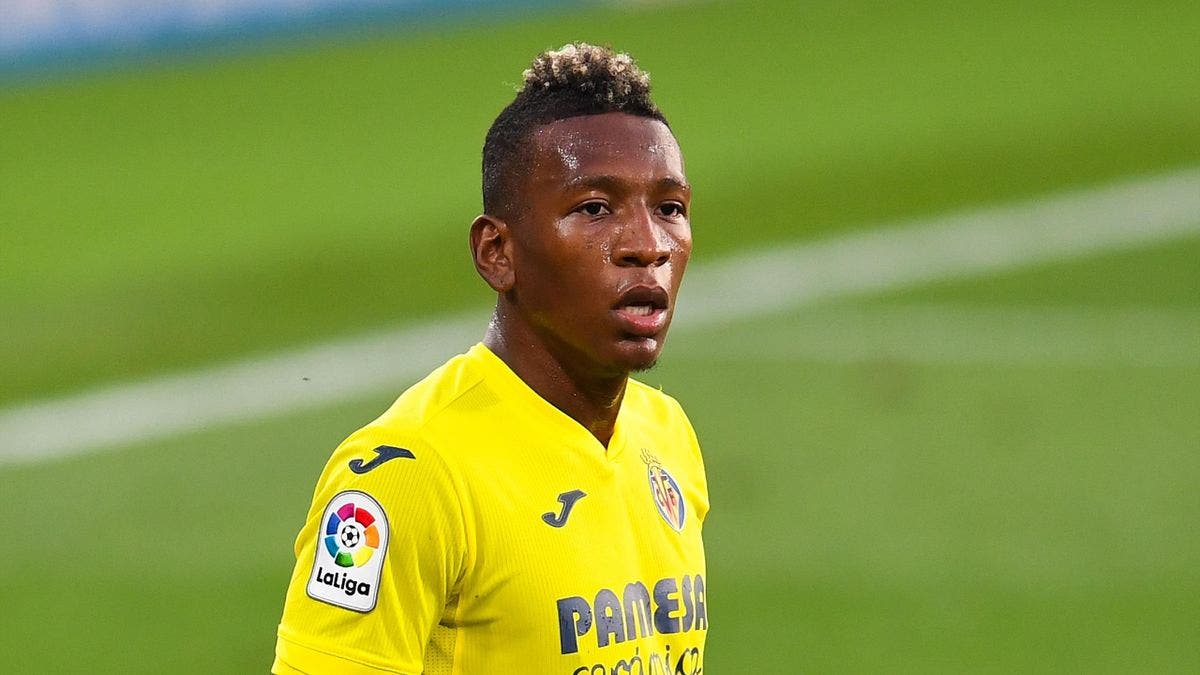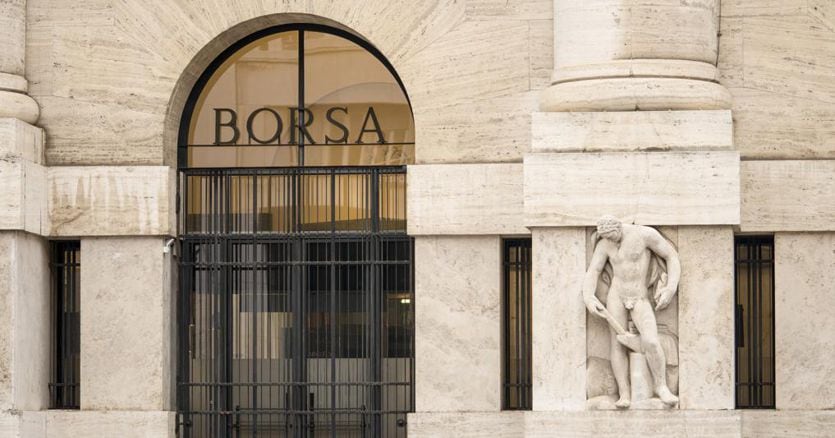The Supreme Court on Thursday struck down a restrictive New York gun law in a landmark ruling on gun rights.
The justices’ decision (6-3) is expected to ultimately allow more people to legally carry guns on the streets of the nation’s largest cities – including New York, Los Angeles and Boston – and elsewhere.
About a quarter of the US population lives in the states expected to be affected by the ruling, the high court’s first major gun decision in more than a decade.
The ruling comes at a time when Congress is actively working on gun legislation following recent mass shootings in Texas, New York and California.
Justice Clarence Thomas wrote for the majority that the Constitution protects “the right of an individual to carry a handgun for personal defense outside the home.”
In their decision, the justices struck down a New York law that requires people to show a particular need to carry a gun in order to obtain a license to carry it in public.
The justices said the requirement violates the Second Amendment right to “keep and bear arms.”
New York Governor Kathy Hochul immediately reacted to the court’s ruling.
“It is outrageous that at a time of national reckoning over gun violence, the Supreme Court has recklessly struck down a New York law that limits who can carry concealed weapons,” the governor said in a message on social media. .
— Governor Kathy Hochul (@GovKathyHochul) June 23, 2022
It is outrageous that at a moment of national reckoning on gun violence, the Supreme Court has recklessly struck down a New York law that limits those who can carry concealed weapons.
— Governor Kathy Hochul (@GovKathyHochul) June 23, 2022
California, Hawaii, Maryland, Massachusetts, New Jersey and Rhode Island have similar laws that are likely to be challenged in the wake of the ruling. The Biden administration had urged judges to uphold the New York law.
Proponents of the New York law had argued that its repeal would ultimately lead to an increase in guns on the streets and in violent crime rates.
The decision comes at a time when gun violence, which had already increased during the coronavirus pandemic, has spiked again.
In most parts of the country, gun owners have little difficulty legally carrying them in public. But that has been more difficult in New York and the handful of states with similar laws.
New York law, in place since 1913, states that to carry a concealed weapon in public, a person applying for a license must show “adequate cause,” a specific need to carry the weapon.
The state issues unrestricted licenses in which a person can carry their gun anywhere and restricted licenses that allow a person to carry the gun but only for specific purposes such as hunting and target shooting or commuting. of work.
The last time the Supreme Court made a major decision on guns was in 2010. In that decision and another in 2008, the justices established the national right to keep a gun in the home for self-defense. The issue for the court this time was about wearing one away from home.
The court has previously indicated that there is no problem with restrictions on carrying weapons in “sensitive places” such as government buildings and schools. The same has been said about the restriction of the carrying of weapons to criminals and the mentally ill.
The challenge to the New York law was brought by the New York State Rifle & Pistol Association, which describes itself as the nation’s oldest gun advocacy organization, and two men who claimed to be able to carry guns. no restrictions outside their homes.
The court’s decision is somewhat at odds with public opinion. About half of voters in the 2020 presidential election said gun laws in the United States should be stricter, according to AP VoteCast, an expansive survey of the electorate. An additional third said the laws should stay the same, while only about 1 in 10 said gun laws should be less strict.
About 8 in 10 Democratic voters said gun laws should be stricter, VoteCast showed. Among Republican voters, about half said the laws should stay as they are, while the remaining half split narrowly between more and less stringent.
–


